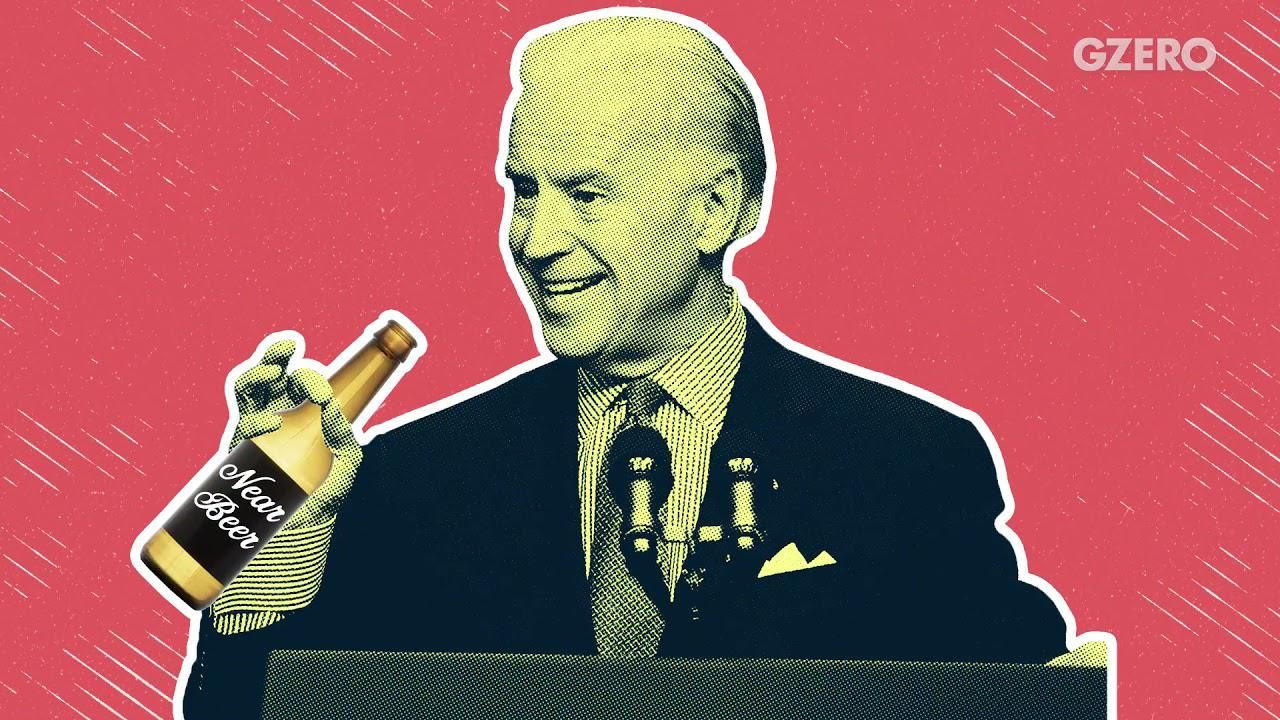GZERO World Clips
Does alcohol help bring the world together?

Ian Bremmer Explains: Does Alcohol Help Bring the World Together? | GZERO World

On GZERO World, Ian Bremmer takes a look at the yin and the yang of alcohol's role in high-level diplomacy and society at large. Alcohol can bring people together just as easily as it can tear them apart. From a 1995 Clinton/Yeltsin Summit where a drunk Yeltsin almost derailed Bosnian peace talks, to Obama's Beer Summit and the recent G7 Summit, booze plays a part in how world leaders interact. Globally, alcohol consumption has been steadily increasing, by over 70 percent between 1990 and 2017, according to one report. . Low and middle-income nations like Vietnam, India, and China are a driving force behind that trend, with drinking in Southeast Asia rising by over 34 percent between 2010 and 2017. And yet, amidst this global booze boom, the world has only grown more and more divided.
Watch the episode: The (political) power of alcohol
Gotta maximize sleigh-holder value. #PUPPETREGIME
On Ask Ian, Ian Bremmer breaks down the steady escalation of US pressure on Venezuela and why direct military action is now a real possibility.
From civil conflicts to trade wars to the rise of new technologies, GZERO runs through the stories that have shaped this year in geopolitics.
Ukrainian intelligence services assassinated a senior Russian general on the streets of Moscow on Monday, detonating a bomb strapped to his car.